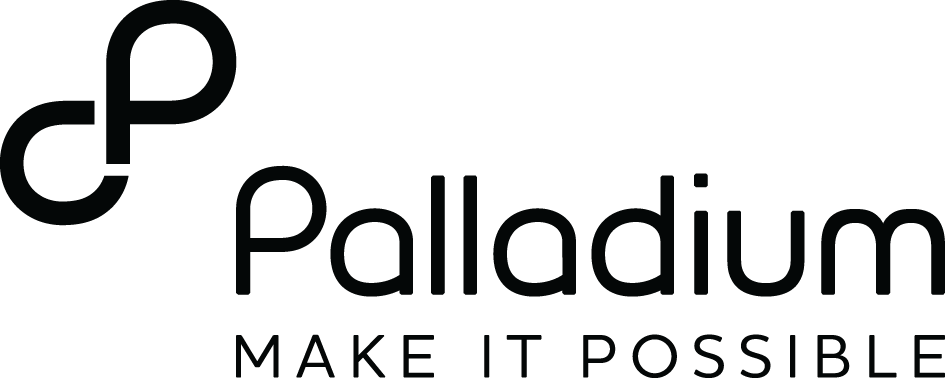Is there a moral dimension to business?
You may have fiduciary duties, but you’re still a human being.
Ahead of the Positive Impact Summit 2018 in March, Palladium has linked up with Management Today to explore the relationship between long-term, sustainable business growth, and social progress.
Well, the short answer is yes. Of course there’s a moral dimension to everything we do, or at least there should be. We can’t park our conscience at the office door when we arrive on a Monday morning – being human is a full-time occupation.
It is true that people do things in business that, while legal, are harmful to other people. But there is usually a moral question about whether that harm is justified. Is an executive at a tobacco firm sickening someone or enabling them to make their own choice? Is a debt collector repossessing someone’s home wrecking their life or protecting the property rights upon which our wider prosperity is built? It comes down to individual interpretation.
Things get more complicated when you look at the positive impact of your actions as a business. Let’s assume for a moment that most of us believed helping disadvantaged people move out of poverty was a good thing. Should your company pursue that goal for its own sake, or should you follow the Andrew Carnegie school of thought: be ruthless in business, then generous in philanthropy?
It would be a mistake to leave something as important as changing the world to philanthropy or indeed government, argues Eduardo Tugendhat, director of thought leadership at Palladium, a consultancy that specialises in enabling positive impact: economic and social value. This is because without the profit motive there’s little guarantee that change will be sustainable.
‘The sense is that these activities get done by NGOs. A company gives an NGO a grant and the NGO trains people or whatever they do, but then the grant runs out and what happens?’ asks Tugendhat. ‘Companies can’t just wait on the sidelines and assume the government or someone is going to fix things. If you take some proactive steps, it can be a virtuous circle.’
Tugendhat, who is co-author with Robert Kaplan and George Serafeim of a recent Harvard Business Review article outlining a new framework of inclusive growth, is particularly dismissive of the role of corporate social responsibility (CSR) programmes.
‘This isn’t about business trying to do charity as a side hobby. It’s to what extent does business actually do useful things for society as a core part of its for-profit activities,’ he says.
The biggest problems are systemic and therefore require systemic solutions. Shaving a few hundred thousand off the annual budget is unlikely to do the trick, especially when hard times tighten belts. ‘CSR is a cost, but we’re talking about an investment. When companies invest in a new factory, they do a lot of due diligence, analyse the risks and return on investment based on a set of metrics. Investing for inclusive growth is similar.’
Investing for Inclusive Growth
Such an investment can take many forms. In their HBR article, Tugendhat and his colleagues highlight three main ways of having a positive impact: building sustainable supply chains, upskilling workers and accessing hard to reach markets.
Each can bring long-term improvements to local economies and financial return to the company. Training workers, for instance, not only improves productivity but also protects you from potential scandal, especially where dangerous equipment or chemicals are involved. In so doing, it can also expand the local talent pool and create a market for training organisations, which can continue to add economic value long afterwards.
Securing sustainable supply chains, meanwhile, doesn’t just save you hassle later on (if it’s unsustainable, by definition it won’t last), it also earns you ethical credentials at home. Doing the right thing consistently over time underpins your brand among both customers and potential employees.
‘We work closely with the food and agriculture industry, where big companies put enormous value into their brands,’ says Tugendhat. ‘So what happens when suddenly urban consumers start saying there’s rainforests being burned down because of your palm oil, and suddenly these companies realise they don’t actually know where their palm oil comes from? That’s actually true, they don’t.’
The most significant impact can be seen when hard-to-reach markets are brought into the modern economy. If your actions can help bring poor farmers out of poverty, those farmers will then be able to spend not only on your products, but also on their own investments. The more prosperous they become, the more opportunities there’ll be for you. Tugendhat puts it another way. ‘It’s going to be hard for businesses to continue growing if large parts of the population don’t participate.’
All this raises a tricky question. If it’s so obviously better to pursue enlightened self-interest (as opposed to naked self-interest), why doesn’t everyone do it?
‘There are conventional ways of doing business, and companies unsurprisingly go for the low hanging fruit. If you’re a company, it’s the easiest thing to go to London or another growth hub where there’s infrastructure and a cluster of activities. To imagine how to deliver education or health services into a poor rural area and turn it into a successful business model takes a lot more creative thinking.’
Making growth inclusive is hard, then. It takes time and it’s not guaranteed to work. But that doesn’t mean it’s not worth doing – both on a company level, where it can underpin long-term growth, and on a human level, where you can go home at night and know you’ve made the right kind of difference. It just means we need to figure out how.
Systemic change requires new ecosystems and collaborative business models, unlocking capital and agreeing the right ways of measuring success. It requires diverse partners, local knowledge and expertise. But most of all it requires will. And what could be more moral than translating good intentions into action?
by Adam Gale
Image credit: g-stockstudio/Shutterstock


